
The RemoveDebris satellite, a spacecraft designed to remove junk from orbit, recently deployed from the ISS to begin demonstrating its capabilities.
Continue reading
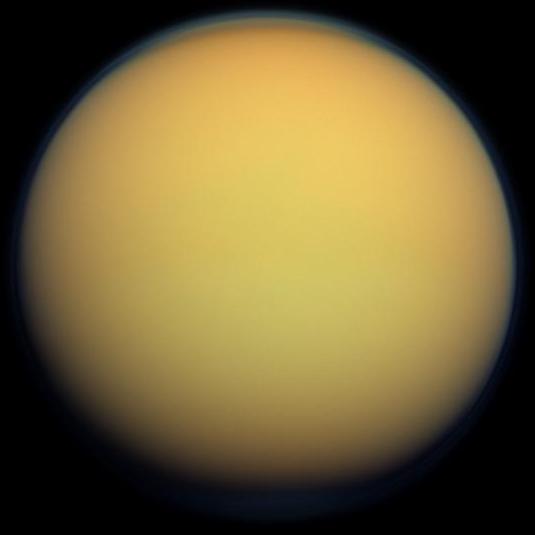
A new study led by researchers from John Hopkins University tackles the question of where Titan's mysterious sand dunes come from.
Continue reading

Continue reading
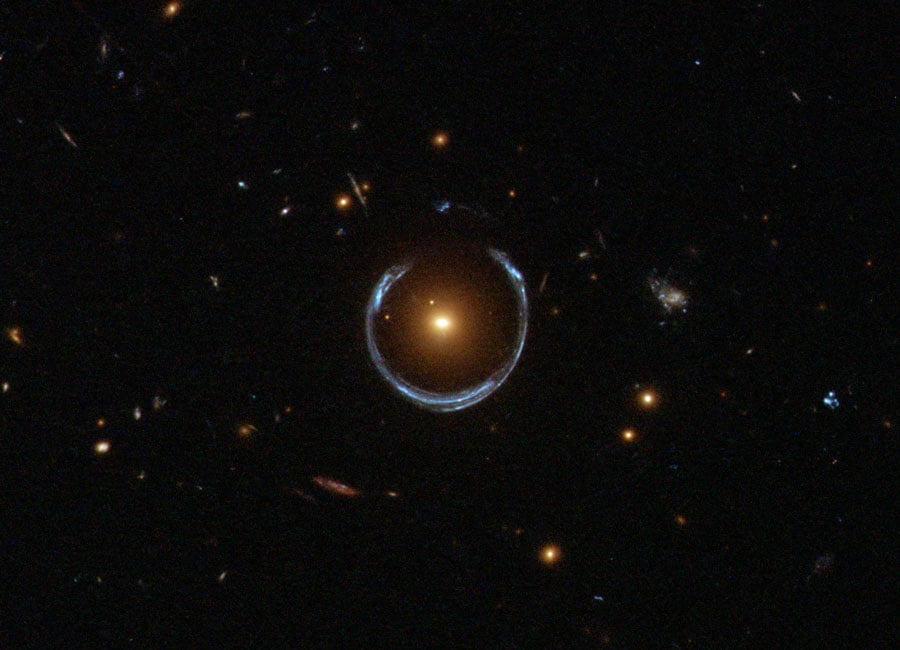
In a recent study, a team of international astronomers used the gravitational lensing technique to study the most distant individual star ever observed.
Continue reading

Thanks to a recent study by an international team of scientists, the remaining missing normal matter of the Universe may finally have been found!
Continue reading

Missed the planets in the dusk sky in early 2018? This summer's astronomical blockbuster sees the return of all the classical naked eye planets in the dusk sky, in a big way.
Continue reading
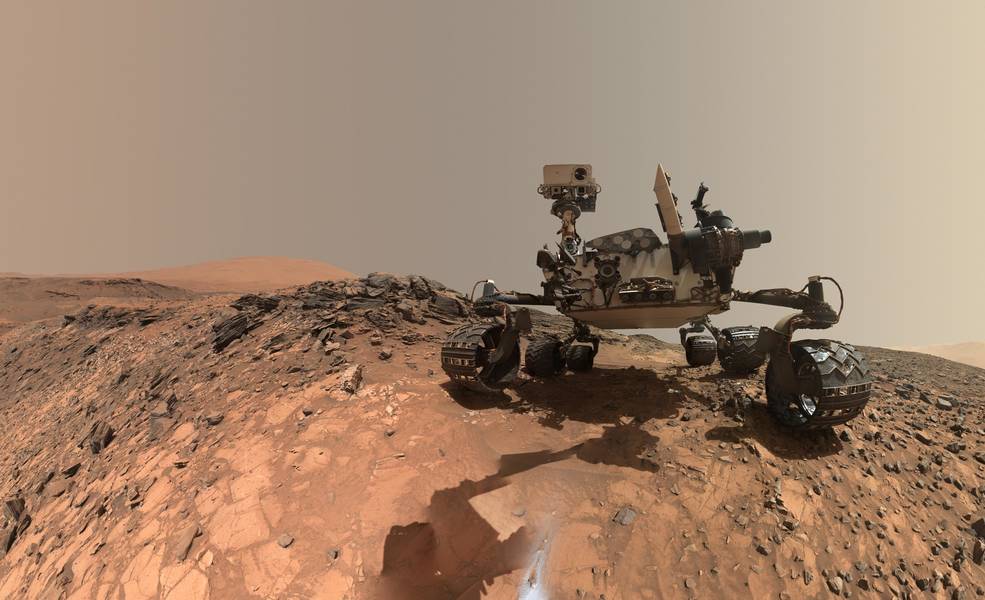
The Martian dust storm that began a few weeks ago has grown to engulf the entire planet, and Curiosity is well-positioned to get it on camera!
Continue reading

Continue reading

A recent paper by Harvest professor Dr. Abraham Loeb takes another look at an issue he has been addressing for years, which is how humanity might survive the accelerating expansion of the Universe.
Continue reading

According to a new study from Johns Hopkins University, Mars' Medusa Fossae region was created by volcanic activity, a finding which has serious implications for the planet's past habitability.
Continue reading

According to a new study by three famed scientists, the Fermi Paradox may have a simple resolution - humanity is the only intelligent species in our galaxy!
Continue reading
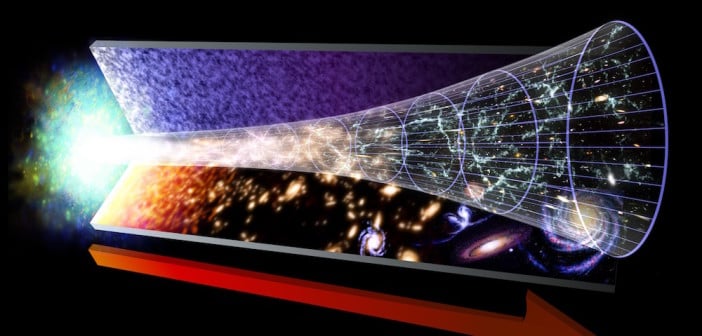
In a new study, an astrophysicist proposed how an advanced civilization might survive the inevitable expansion of the Universe, and how me might search for them.
Continue reading

Continue reading

A team of international scientists recently conducted a study that indicates that cyanobacteria can conduct photosynthesis in low-light conditions, which has implications for plans to terraform Mars.
Continue reading

Continue reading
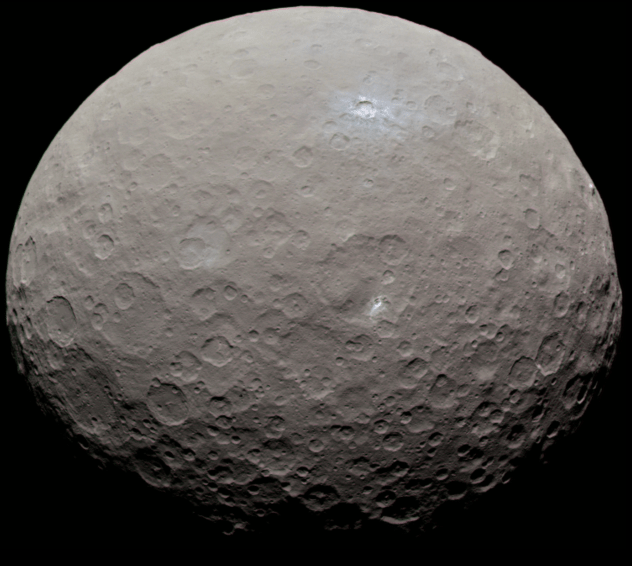
According to a new study from Brown University, it appears Ceres has more organic molecules on its surface than previously thought
Continue reading

The Mars Reconnaissance Orbiter (MRO) recently captured an image of an impact crater on Mars that triggered an avalanche that left behind a dark streak.
Continue reading

Physicist Dr. Sean Raymond recently created a hypothetical system where 550 planets and 9 Suns orbit around a central black hole, with fascinating results!
Continue reading
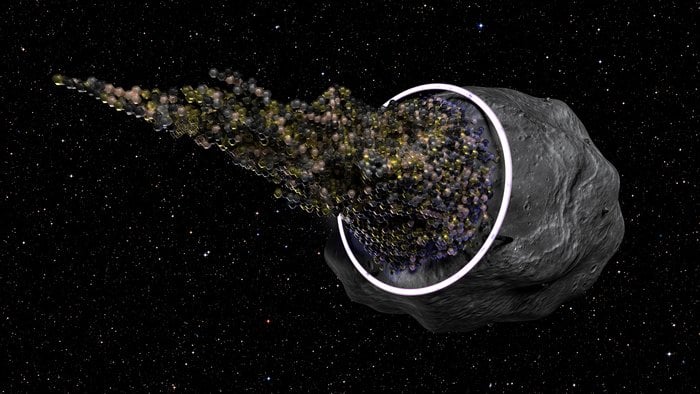
In a series of new studies, a pair of French researchers tackle the question of how many people would need to be sent on an interstellar journey to ensure that a healthy crew arrives.
Continue reading

In a new study, astrophysicist Hector Socas-Navarro proposes searching for aliens by looking for signs of dense satellite rings around planets - aka. Clarke Belts.
Continue reading

Continue reading

Continue reading

A massive Martian dust storm has settled in over the Opportunity rover's location in the Perseverance Valley, which could pose a danger to this rover's continuing mission.
Continue reading
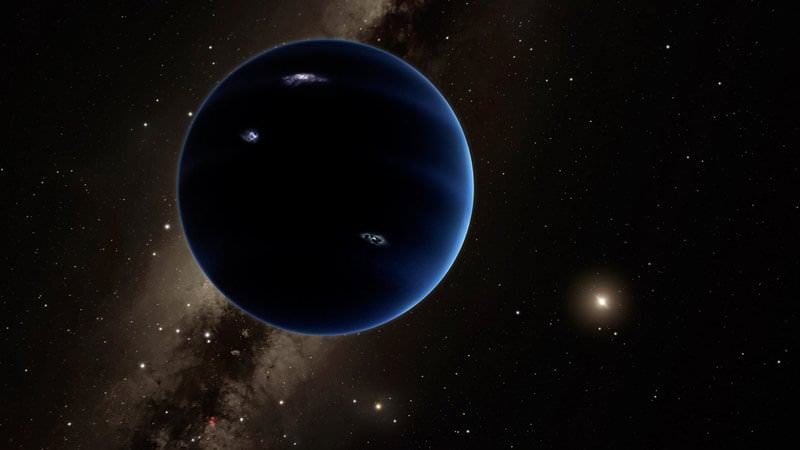
According to a new study by a team from CU Boulder, Planet 9 may not be necessary to explain the odd behavior of objects in the Kuiper Belt
Continue reading

Continue reading

Addressing the Fermi Paradox, a team of researchers recently conducted a study predicts whether or not Climate Change may be what determines the fate of civilizations.
Continue reading

Continue reading

Using 12 years of data from the W.M. Keck Observatory, a team of astronomers discovered mystery objects near the center of the galaxy that could be "puffy" stars
Continue reading

In its latest discovery, the Curiosity rover detected organic molecules in an ancient deposit of sedimentary rock, bolstering the case that Mars may once have supported life.
Continue reading

Using over a decade of data collected by the Chandra X-ray observatory, a new study indicates that the Alpha Centauri system could be hospitable to life.
Continue reading
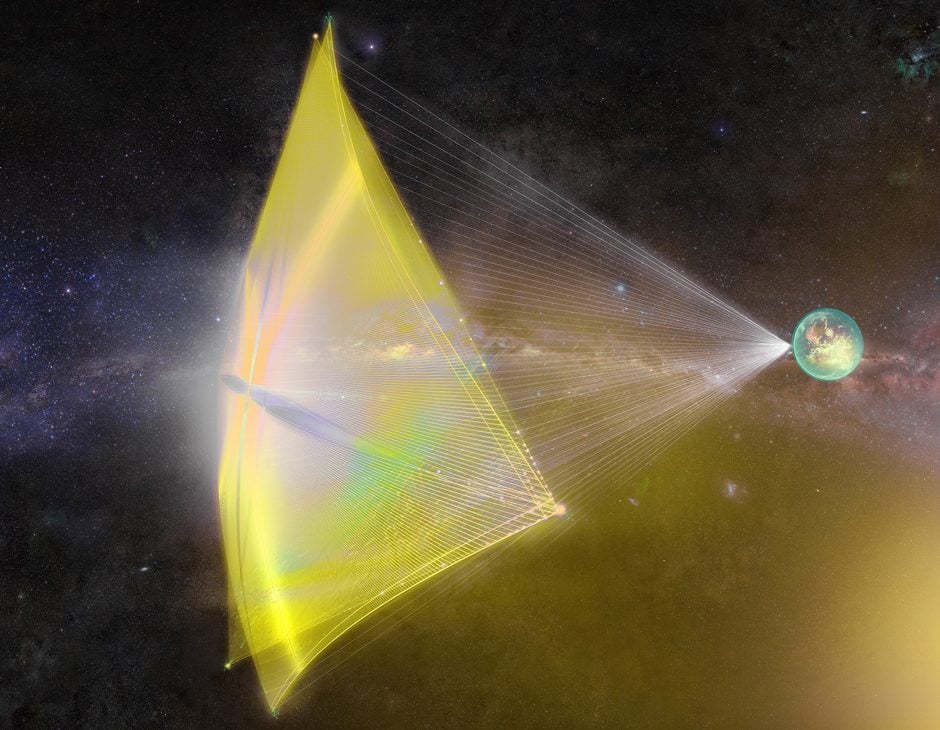
Breakthrough Starshot, a project that hopes to send a small spacecraft to Proxima Centauri in our lifetimes, is now looking for contractors to build its laser sail.
Continue reading

A new study by researchers from the Harvard Smithsonian Center for Astrophysics indicates that the chemicals necessary for life as we know it might be limited on Europa and other "ocean worlds".
Continue reading
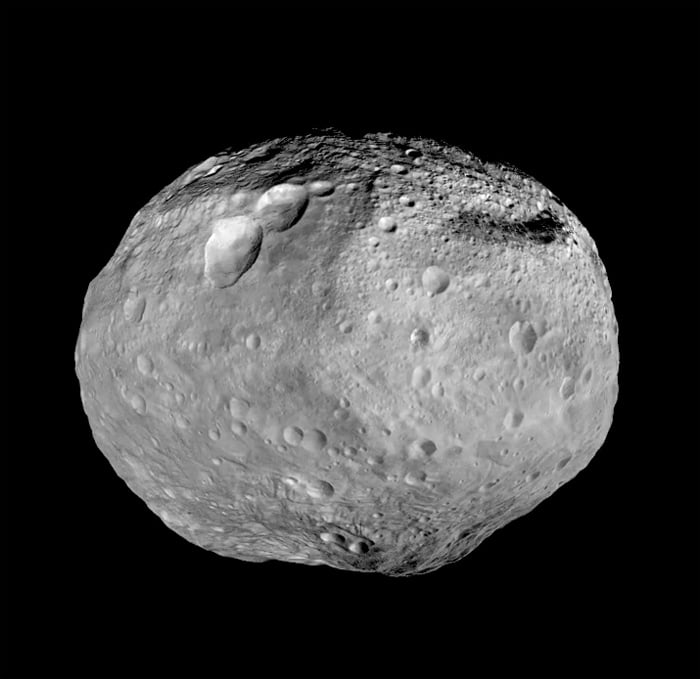
Up for a challenge? Planetary action is certainly heating up this summer: Jupiter passed opposition last month, Saturn does so in June, and Mars reaches favorable viewing next month. And with dazzling Venus in the west and Mercury to joining it starting in late June, we'll soon have all of the naked eye classical planets in the evening sky.
Now, I want to turn your attention towards a potential naked eye object, you've probably never seen: asteroid 4 Vesta.
Continue reading

Continue reading

According to a new study by a team of astronomers, globular clusters are several billion years younger than previously thought.
Continue reading

Continue reading

Continue reading

The NOAA's GOES-17 satellite, a second-generation Earth-observing satellite, recently released its "first light" pictures of Earth.
Continue reading

A tiny crashed exploded above the skies of Africa on Saturday, June 2nd. It turns out, it had been discovered just hours before impact.
Continue reading
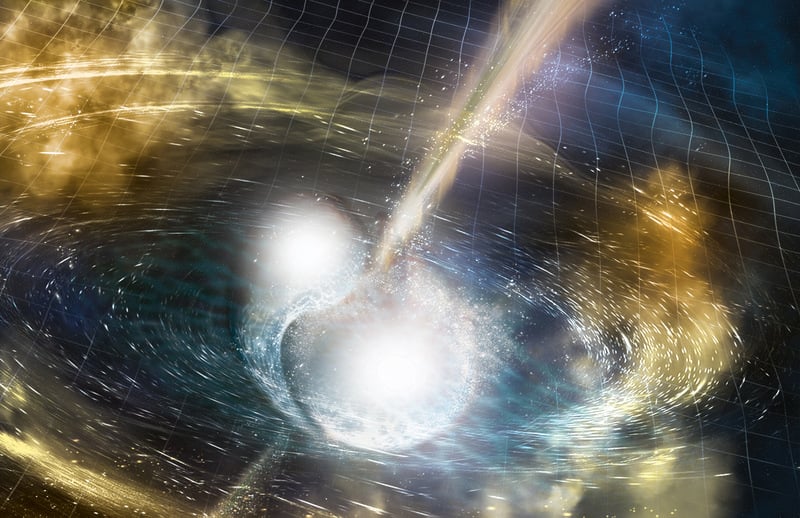
The kilonova event that took place last year, where two neutron stars merged, is now believed to have formed a black hole.
Continue reading

Continue reading

After reviewing data from the New Horizons mission, an international team of scientists determined that Pluto has dunes made of grains of methane
Continue reading

Continue reading

Is there any way we can hope to communicate with aliens? Will they have a concept of language as we understand it, or something even more alien?
Continue reading

A team of engineers from the University of Glasgow and the Ukraine have proposed a self-eating rocket as a way to cut the costs of individual launches.
Continue reading

At this year's National Space Society's International Space Development Conference, Jeff Bezos announced that Amazon Prime would be picking up The Expanse.
Continue reading

Continue reading

In a new study led by the Lowell Observatory, a team of researchers indicate how the next-generation Large Synoptic Survey Telescope (LSST) could find the elusive Planet 9 (Planet X)
Continue reading

An international team of scientists recently created a unified model that shows what happens when stars are consumed by a Supermassive Black Hole.
Continue reading

We're in the midst of a parade of planets crossing the evening sky. Jupiter reached opposition on May 9th, and sits high to the east at dusk. Mars heads towards a fine opposition on July 27th, nearly as favorable as the historic opposition of 2003. And Venus rules the dusk sky in the west after the setting Sun for most of 2018.
June is Saturn's turn, as the planet reaches opposition this year on June 27th, rising opposite to the setting Sun at dusk.
Continue reading

 Universe Today
Universe Today













































